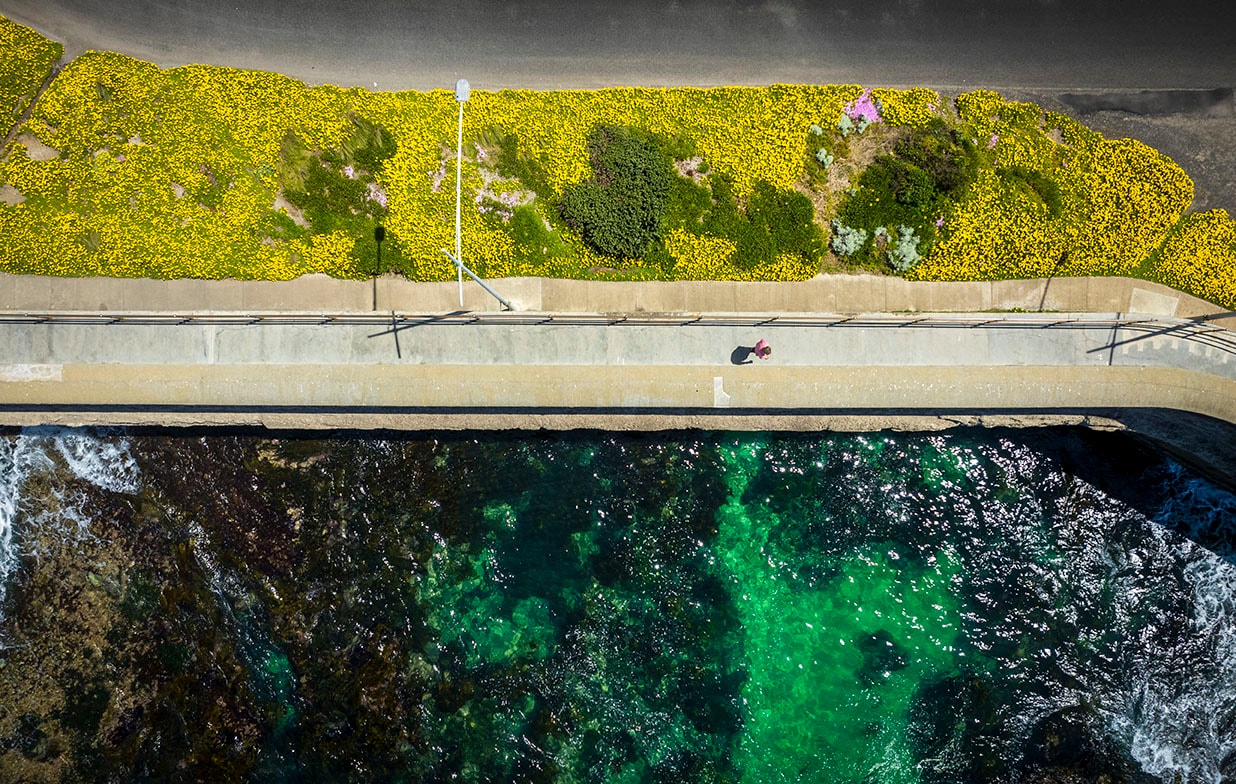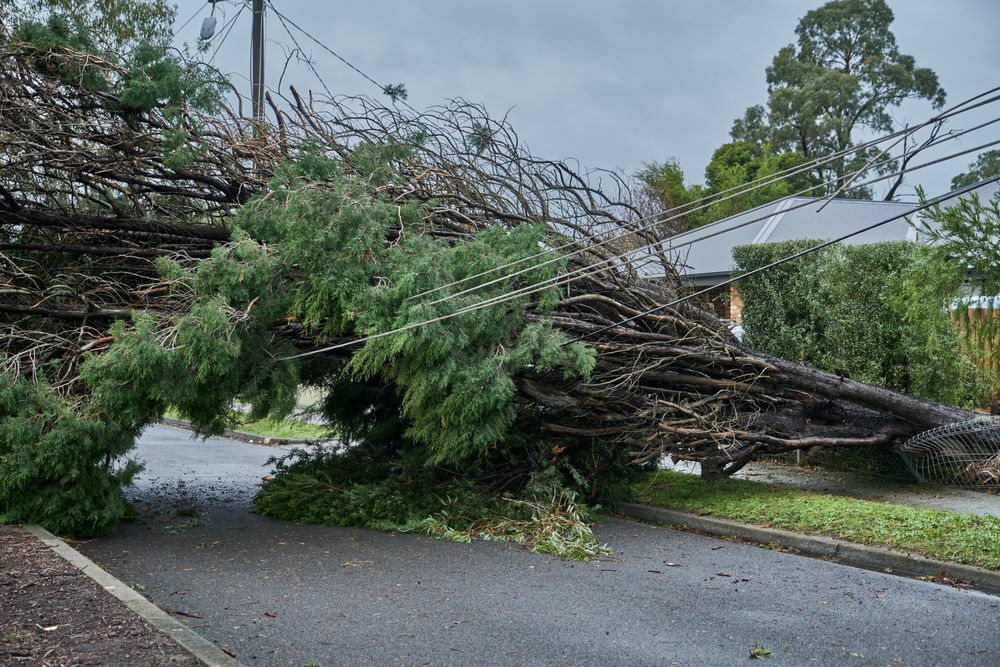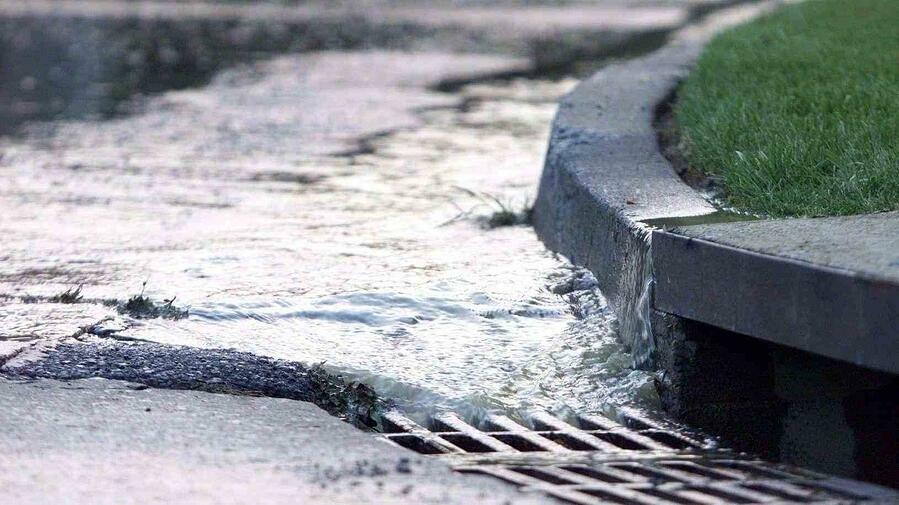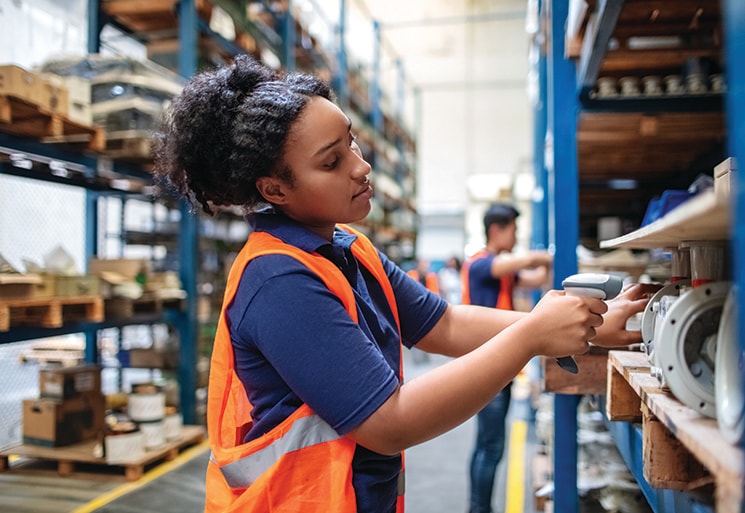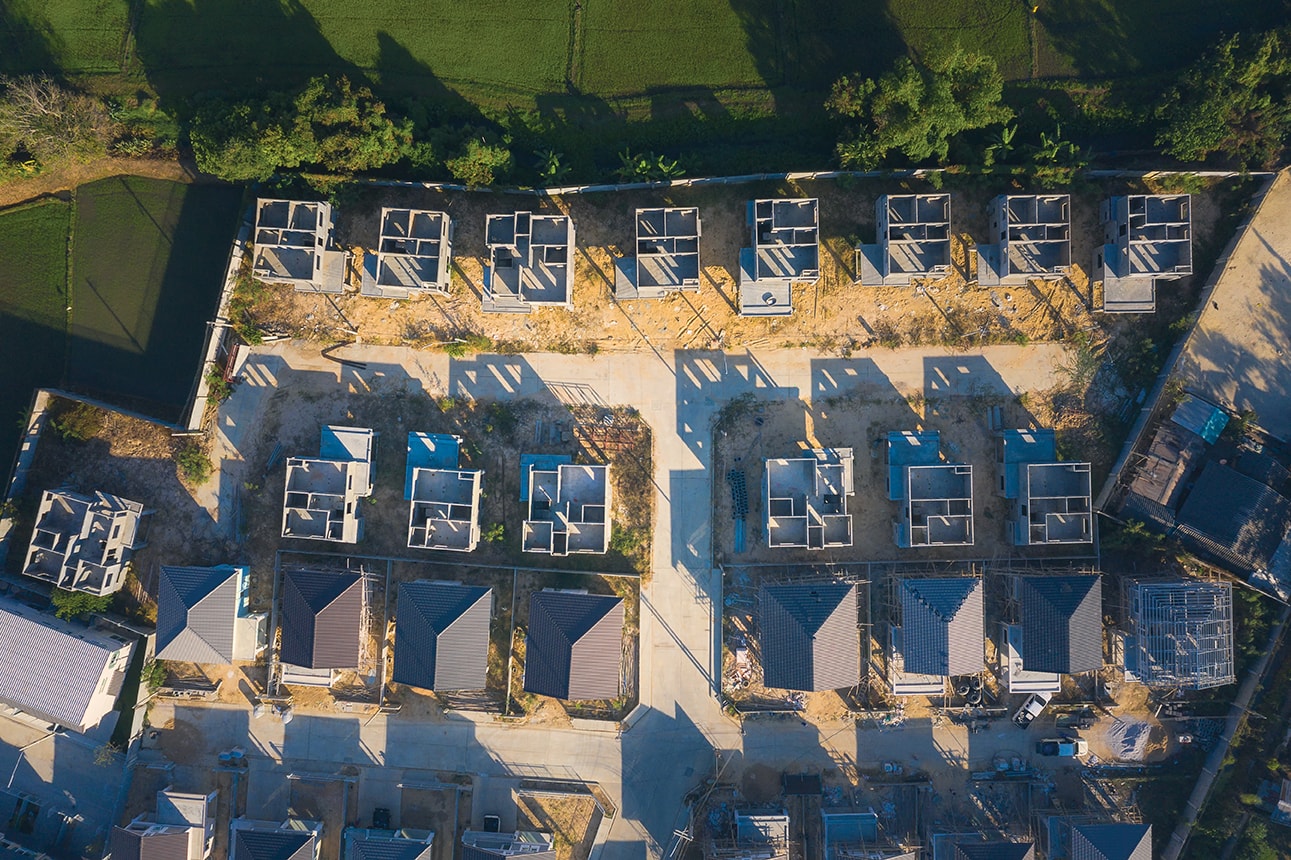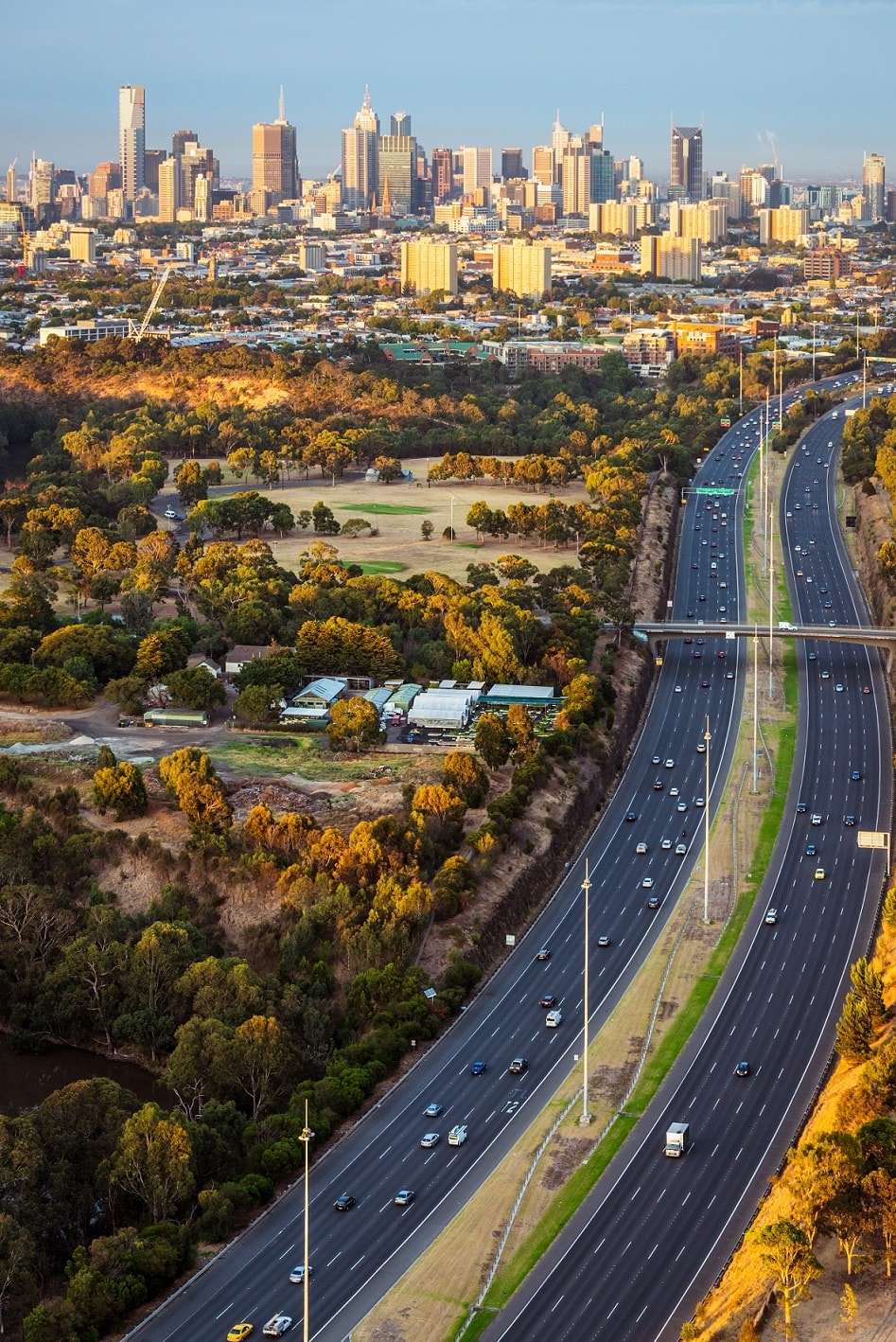Climate change
Climate change threatens Victoria’s essential infrastructure. Extreme weather events already cause billions of dollars in damage each year. Infrastructure Victoria’s work shows that investment is needed to cut emissions, strengthen resilience and protect communities.
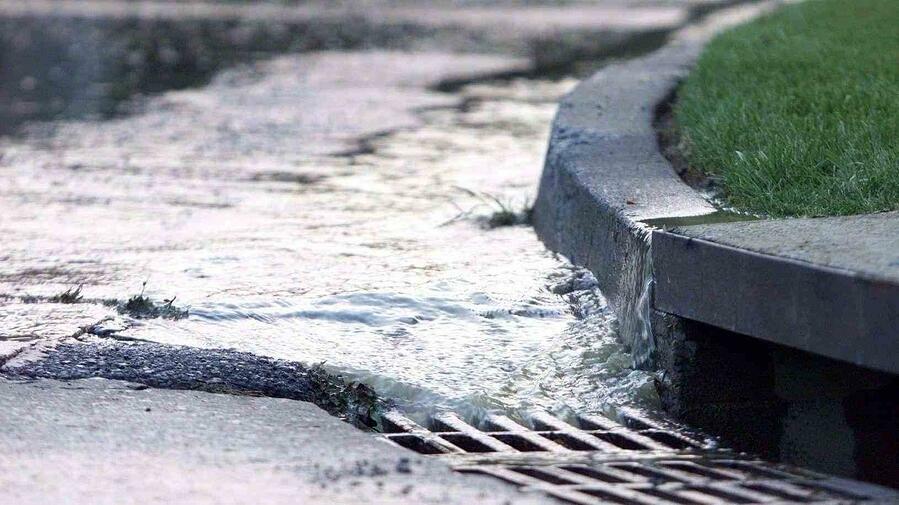
Challenges
Climate change introduces new risks
In the future, there will be more intense bushfires, heatwaves, droughts, heavy rain and coastal flooding due to climate change. Victorians are already experiencing the effects of climate change on our society, economy, and environment. To tackle climate change, we must better understand its risks to build on emissions reduction pledges and find new solutions. Our infrastructure must also be able to handle wild weather, hotter temperatures, higher sea levels, less rain and longer fire seasons.
Infrastructure contributes to climate change
Infrastructure contributes to climate change by generating greenhouse gas emissions. It generates these emissions through its direct operations, the materials used, its construction and the activities it enables. The infrastructure we build today can lock in future emissions, especially if there is no plan to convert it to zero emissions technology later.
Transport emissions need to decline
Transport sector emissions grew more than any other sector's emissions from 1990 to 2018. Road vehicles, like cars and trucks, contribute almost 90% of transport emissions. To achieve net zero Victoria must adopt new transport technologies, like zero emissions electric and hydrogen vehicles.
